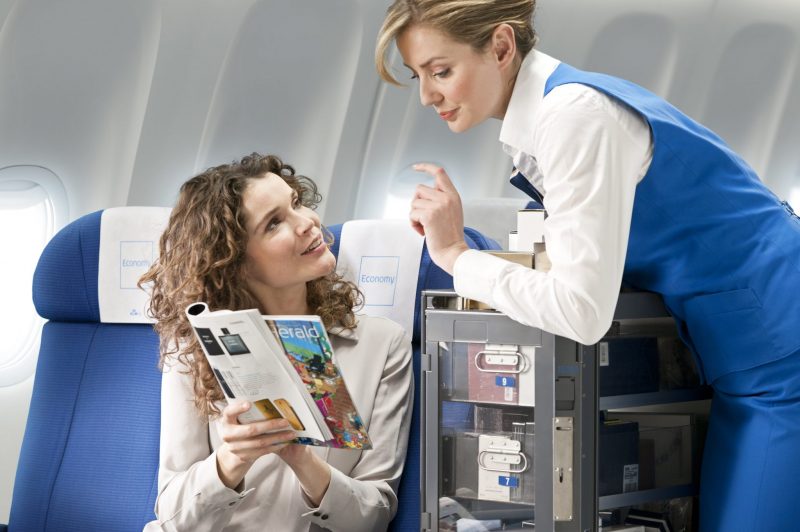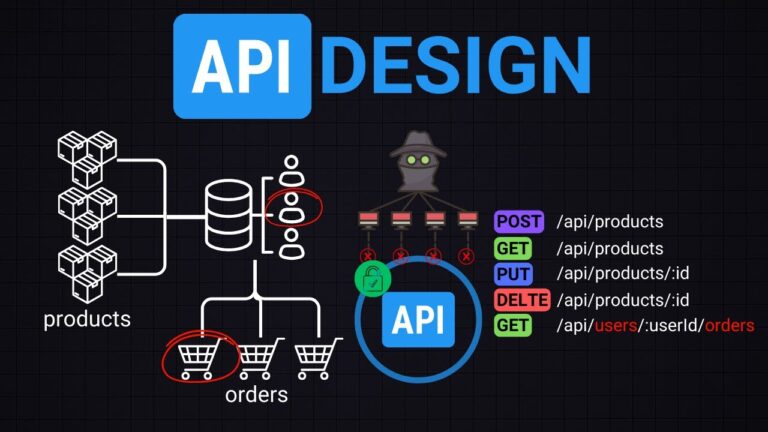The expanding role of search analytics in airline merchandising
Part 1 — To be successful in selling the right products or services at the right time to the right travellers, it’s increasingly critical for airlines to harness the power of modern merchandising and retailing, especially via those third party channels they are not able to control. This 2-part blog discusses how using real-time data underpins success. This article defines the overall data framework while part two drills down to specific shopping insights and how they can be used.
Growth and Challenges
Last year a staggering 3.5 billion passengers buckled up for take-off with the number set to rise to 3.8 billion by the end of 2016. Of course this doesn’t mean that nearly half of the world’s population has taken to the skies, but rather that some passengers get counted twice. For example, if your journey is split into two or three legs and involves changing planes to reach your destination then you get counted as two or three of the 3.5 billion passengers. Nevertheless, the number of journeys being made each year is impressive. Load factors too keep breaking the records, currently standing at around 80% globally.
In parallel to this growth in trip numbers, retail practices are transforming travellers into discerning consumers with different needs and desires. There’s even an expectation that the sellers understand the buyers better in terms of the offers and choices presented. The one size fits all approach is no longer relevant. This reality is putting airlines under enormous pressure to become better at merchandising and retailing their products and not just act like commodity service providers. To bring airline retailing up to date needs a revolution. Yet the merchandising technology revolution that will have the greatest impact in helping airlines to become more customer centric retailers is only just dawning.
IATA’s New Distribution Capability (NDC) is ushering in standards and new processes that enable airlines to regain control over their customers well before they step on the plane, by giving them back control over the offers they are able to make and distribute. This does mean embracing a whole new way of merchandising to the indirect channel using XML communication schemas.
It is well documented by IdeaWorks among others that unbundling the once rigid fare into individual service and value offerings is the route for airlines to reverse declining profitability back into healthy revenue growth. NDC is the enabling framework making this merchandising revolution possible. But it is down to the airlines themselves to find the will the resources and the commitment to get back control in the new merchandising landscape. But when it comes to smarter retailing, reliance on outsourced (and costly) distribution and legacy systems are holding many airlines back.
There are many great reasons why airlines really do need to transform their operations to better reach the agency channels:
- Continuing growth in passenger numbers
- Passenger discernment for greater personalisation
- Pressures to reduce the distribution costs incurred through GDSs (Booking fees/Commissions)
- Take advantage of disintermediation through OTAs and metasearch
- Competitive forces (LCCs, Hybrid models)
This means finding ways to make better use of data – the data that already exists as part of the searching and buying process. Selling air travel products directly or indirectly, (much like any other online selling) is all about understanding customer needs — what they are searching for and how these needs can best be met. This requires a layer of business intelligence that looks at the content and context of search transactions and bookings.
New Breed of Merchandising Platforms
New technology players such as Farelogix are offering new merchandising and distribution platforms based on XML APIs. As with any new development it is the early adopters who forge ahead with fresh alignments in search of success.
As with any new development it is the early adopters who are leading the way with fresh partnerships with the new breed of technology providers (such as Farelogix) who can help airlines embrace new distribution models for success. Today’s airline retailing is not just about selling tickets, it is about becoming the air travel platform of choice – where not only the seat on a route is sold but potentially a whole journey experience – from airport and inflight extras to hotels, ground transport and attractions. These are the today’s levers of differentiation, but it takes insight from data to apply them to best effect.
Farelogix is working with airlines to implement cross-channel merchandising solutions that puts control over the products and services, the offers to sell them, and the rules governing them firmly in the hands of the airline. From á la carte merchandising to dynamically packaging ancillary services the Farelogix platform helps airlines focus on essential strategies for improving the customer experience. Airline competition has moved beyond the realms of just routes and fares and into the realms of delivering custom-tailored shopping and travel experiences. Triometric uniquely delivers the layer of intelligence that helps Farelogix customers gain insights into traveller search and buying behaviours.
To successfully transform flight centric operations into modernised retail environments requires three key ingredients:
- Commitment to the new IATA NDC XML Schemas
- Investment in the flexible and robust new breed merchandising platforms (integrated with existing back-end systems and front-end web-based shopping environment)
- Business Intelligence to understand customer and market needs.
These building blocks help to better understand the traveller, the search journey and how these searches are being responded to with the right offers. Right offers means creating clear value propositions that are based on real-time information about customer preferences and needs and using that information to refine product offerings.
Search and booking data contained within XML message streams exchanged between travel agents and airline systems contain a wealth of insights that can be unwrapped in near-real-time to help airlines make data-driven decisions. This requires an analytics capability and this is where Triometric delivers value.
The Need for Intelligence
It’s true that airlines are already great users of data and analytics in their daily operations, but it is also fair to say that most of this data helps them understand how routes and products are performing; but it doesn’t show them what customers are doing, and where their preferences lie. With the shift to a greater focus on the customer, those airline executives responsible for sales, distribution, revenue and marketing will need to make decisions based on customer understanding, in addition to traditional product understanding.
Here are three key but not exhaustive areas where real-time search and booking insights can feed into operational business decision-making that can support distribution, revenue and marketing functions:
- Data Driven Customer Segmentation
Establishing a data driven marketing strategy requires you to collect, connect, and understand the vast amounts of data your customer footprint leaves behind. Travel companies traditionally have rich detail in the booking records that can contribute to customer understanding and the predictive tailoring of services. But it is real-time search data that opens the doors to understanding market demand as it happens – and can open eyes to missed opportunities to with inherent revenue leakage.
- Sales and Promotion Opportunities Identification
Airlines must be nimble to spot trends where a price sale or a market specific promotion is needed. It’s a survival strategy, BUT also a marketing strategy. Knowing when to start or stop promotions, how much they dilute existing business etc., are analytic insights that emerge from data.
- Flight Schedules/Capacity Adjustments
Airline services are dependent on complex schedules built around hubs and alliances, customer demand patterns and itineraries, changing fare structures, etc., and these are continually being brought into balance. Airlines use sophisticated tools to publish flight schedules months in advance, but markets are constantly changing, so success depends on continuous adjustment. Real-time search insights can feed into those needed adjustments in real-time with positive impact on financial operations.
Analysing XML data flow gives airlines vital intelligence to innovate and manage their offers. It also facilitates dynamic, limited-time campaigns for individual customer segments or events (e.g. summer/winter vacation periods, global sporting events, etc.). This type of interactive, individualised merchandising requires an airline to thoroughly understand what the data indicates about its product and service offerings, markets where it operates, competitive landscape, actual performance versus planned performance, as well as many other factors. XML intelligence is key in achieving this vision and no NDC Merchandising vision should be built without it.
The second part “Drilling Down on Air Travel Shopping Intelligence” highlights some of the key shopping insights and the kind of answers that airline executives should be getting.







